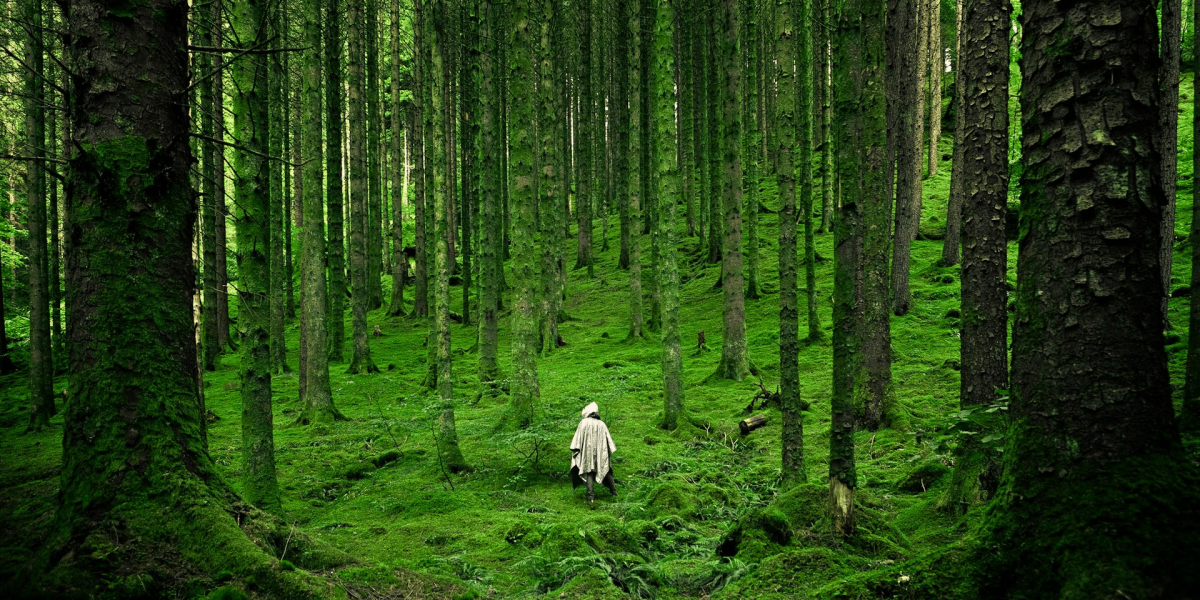Forest preservation is an urgent global issue. With deforestation rates rising due to agriculture, logging, and urbanization, forests are facing unprecedented threats. Forests are essential for maintaining biodiversity, supporting ecosystems, and mitigating climate change by acting as carbon sinks. However, as the pressure on forests intensifies, new solutions are needed to address the challenges of monitoring, protecting, and restoring these vital ecosystems. Artificial intelligence (AI) has emerged as a powerful tool that can play a key role in forest preservation. From monitoring forest health to enhancing conservation efforts, AI’s potential to help save forests is enormous.
Using AI for Forest Monitoring
One of the most significant ways AI can contribute to forest preservation is through monitoring. Traditional methods of tracking forest health and deforestation rely on manual field surveys and satellite imagery analysis, which can be time-consuming, costly, and often inefficient. AI, however, can streamline and improve these monitoring efforts.
Satellite Data and Remote Sensing
AI-powered algorithms can analyze satellite images to detect deforestation, forest degradation, and illegal logging activities. This process, known as remote sensing, involves collecting data about Earth’s surface from satellites orbiting the planet. AI systems can process vast amounts of satellite data to identify changes in forest cover, such as tree loss, forest fires, or deforestation due to agricultural expansion.
By using machine learning models, AI can quickly analyze these images, pinpoint areas that need attention, and track changes over time. This helps authorities and conservation organizations to respond rapidly to emerging threats, making it easier to allocate resources to the most vulnerable areas.
Real-Time Monitoring with Drones
In addition to satellite imagery, drones are becoming an increasingly valuable tool for forest monitoring. AI-powered drones can fly over forests and collect high-resolution images, enabling real-time monitoring of forest conditions. AI algorithms can be integrated into drones to process data and detect irregularities in the forest, such as changes in canopy cover or the presence of invasive species.
Drones can be deployed quickly and cost-effectively, providing valuable insights into forest health in remote and difficult-to-access areas. This capability is especially important in regions where traditional monitoring methods are impractical or too expensive.
AI for Biodiversity Preservation
Forests are home to a vast range of species, many of which are threatened by habitat loss, climate change, and human activity. AI is helping researchers monitor biodiversity and protect endangered species through advanced technologies like species recognition and predictive modeling.
Species Identification and Tracking
AI models can be trained to recognize animal and plant species from images and sounds. Camera traps equipped with AI-powered image recognition software can automatically identify species, track animal movements, and detect illegal poaching activities. This technology helps wildlife conservationists monitor the health of ecosystems and ensure that endangered species are protected.
For example, AI can be used to monitor the presence of key species such as tigers, elephants, and primates, whose populations are dwindling due to habitat loss and illegal hunting. By identifying these species in real-time, conservationists can take immediate action to safeguard their habitats.
Predictive Models for Habitat Protection
In addition to identifying and tracking species, AI can also be used to predict changes in forest ecosystems. Machine learning algorithms can analyze data such as climate models, deforestation patterns, and biodiversity surveys to predict how forest ecosystems will evolve over time. These predictive models can help forest managers anticipate which areas are at the greatest risk of degradation and take proactive measures to protect them.
For example, AI can predict how certain species might be affected by shifts in climate or land use, helping conservationists design strategies to mitigate these effects. By using predictive analytics, AI enables forest managers to make more informed decisions about habitat restoration and protection.
AI for Forest Restoration
Restoring degraded forests is a critical component of forest preservation, as it helps recover ecosystems that have been damaged by human activity. AI is being used to enhance restoration efforts by improving planting strategies, monitoring soil health, and predicting growth patterns.
Optimizing Reforestation Efforts
AI can assist with reforestation by analyzing the best locations for planting trees and determining the ideal tree species for different regions. Machine learning algorithms can process data from environmental factors such as soil quality, rainfall patterns, and temperature to recommend suitable species for reforestation projects. This helps ensure that planted trees are more likely to survive and thrive in their new environments.
Furthermore, AI can be used to monitor the progress of reforestation efforts. Drones and satellite imagery can track the growth of newly planted trees and identify any signs of stress, such as drought or pest infestations. By continuously monitoring these projects, AI can help optimize reforestation efforts, increasing their success rates.
Managing Forest Fires with AI
Forest fires are a major threat to forests, and AI is proving to be a powerful tool for fire management. AI models can analyze weather data, satellite imagery, and historical fire patterns to predict where and when fires are most likely to occur. These predictive models can help forest management agencies take preventive measures, such as controlled burns or the creation of firebreaks, to reduce the risk of catastrophic fires.
In the event of a fire, AI can assist with real-time firefighting efforts. Drones equipped with AI-powered cameras can fly over fires to provide real-time images and data, helping firefighting teams assess the situation and make informed decisions. AI can also help predict the spread of fires, allowing for more efficient resource allocation and quicker response times.
Combating Illegal Logging with AI
Illegal logging is a significant contributor to deforestation, and combating it is a top priority for forest conservationists. AI is being used to track and prevent illegal logging activities by analyzing data from satellite images, drones, and ground sensors.
Detecting Illegal Logging Activities
AI algorithms can analyze satellite imagery to detect signs of illegal logging, such as roads or clearings in protected forests. These systems can identify areas where logging is occurring without permission, enabling authorities to take swift action to stop illegal activities before they cause further damage.
In addition to satellite data, AI can also analyze data from ground sensors placed in forests to detect sounds or vibrations associated with illegal logging operations. By combining multiple data sources, AI can provide a comprehensive picture of illegal logging activities and help authorities enforce forest protection laws.
A Future with AI and Forest Preservation
The role of AI in forest preservation is just beginning to be fully realized. From real-time monitoring to predictive analytics, AI is providing new opportunities for protecting forests, conserving biodiversity, and restoring degraded ecosystems. As technology continues to advance, AI’s potential to contribute to forest preservation will only grow.
However, to fully harness AI’s potential, collaboration between governments, conservation organizations, researchers, and technology developers is essential. By combining human expertise with AI-driven insights, we can create more effective and sustainable strategies for preserving our forests for future generations.









